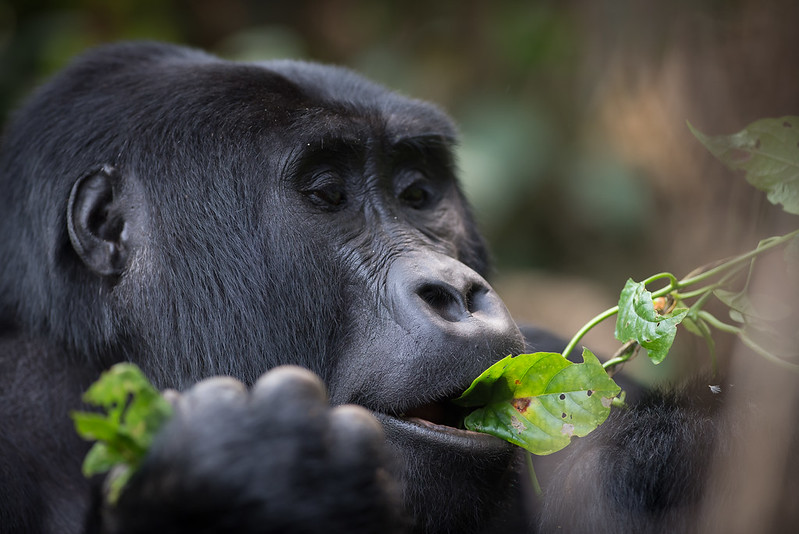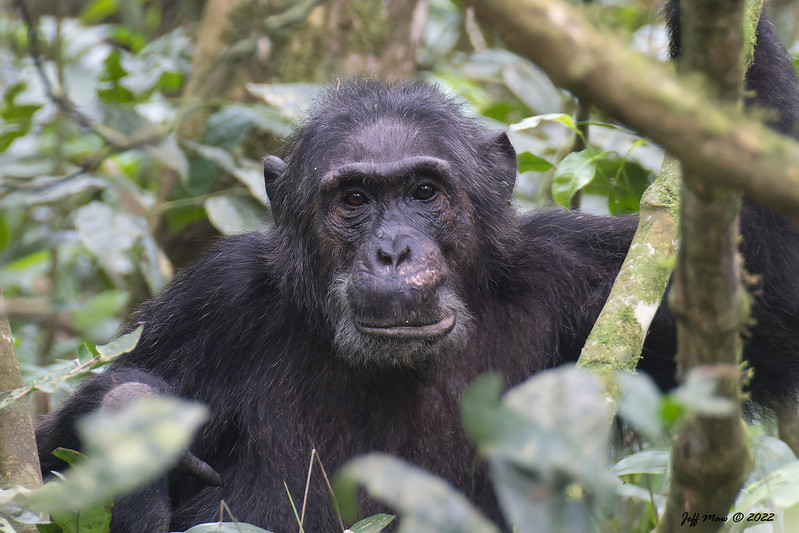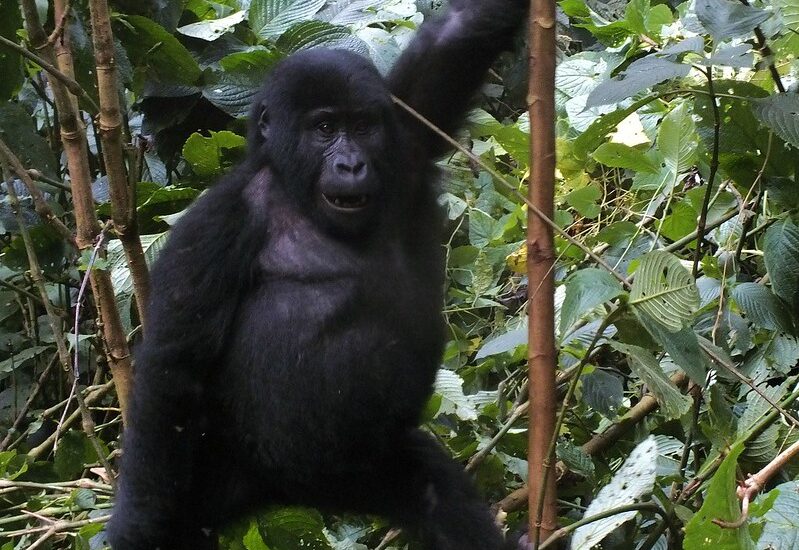Gorilla Uganda adventure tours. For customers interested in Gorilla Trekking Adventure safaris in Uganda, the…
Garamba National Park
Garamba National Park: A Jewel of Biodiversity and Conservation in the Congo
Deep within the heart of the Democratic Republic of the Congo lies a hidden gem of unparalleled natural beauty and biodiversity – Garamba National Park. This extraordinary park, located in the northeastern part of the country, is a testament to the resilience of nature and the importance of conservation efforts in protecting our planet’s most precious species.
A Haven for Wildlife Diversity
Garamba National Park, established in 1938, is one of Africa’s oldest national parks. Encompassing an area of approximately 4,920 square kilometers (1,900 square miles), the park is a mosaic of savannas, grasslands, woodlands, and tropical forests. Its diverse habitats provide a sanctuary for an incredible array of wildlife, making it a UNESCO World Heritage site.
Iconic Wildlife
What sets Garamba National Park apart is its extraordinary wildlife diversity. The park is home to an impressive range of species, some of which are rare or endangered. One of its most iconic inhabitants is the critically endangered northern white rhinoceros (Ceratotherium simum cottoni). Sadly, due to rampant poaching, the park’s rhino population has faced significant decline in recent years, highlighting the urgency of conservation efforts to protect these majestic creatures from extinction.
Apart from rhinos, the park also boasts populations of elephants, giraffes, lions, buffalo, and numerous antelope species. Notably, Garamba is renowned for its unique population of the rare and elusive Kordofan giraffe (Giraffa camelopardalis antiquorum). Additionally, over 340 bird species have been recorded within the park, making it a birdwatcher’s paradise.
Challenges of Conservation
While Garamba National Park is a haven for wildlife, it faces numerous challenges that threaten its delicate ecosystem. Poaching, driven by demand for rhino horn and ivory, remains a persistent and grave threat to the park’s wildlife. The illegal trade in wildlife products continues to put immense pressure on rhino and elephant populations, requiring constant vigilance and anti-poaching efforts.
Furthermore, the park has also faced security challenges due to its proximity to conflict zones and human encroachment. Armed groups have at times infiltrated the park, further endangering both wildlife and park rangers. Effective management and support from the government and international organizations are vital to safeguard the park’s future.
Conservation Efforts and Hope for the Future
Despite the challenges, there is hope for the future of Garamba National Park. Dedicated conservation organizations, such as African Parks, have been working tirelessly to protect and restore the park’s ecosystem. These efforts include anti-poaching patrols, community engagement, and educational programs to raise awareness about the importance of conservation.
Through these initiatives, there have been encouraging signs of progress. For instance, increased anti-poaching measures have helped stabilize the elephant population within the park, demonstrating the positive impact that conservation efforts can achieve.
Visiting Garamba National Park
Garamba National Park is not just a sanctuary for wildlife but also a destination of awe-inspiring beauty and ecological significance. However, due to security concerns and the ongoing conservation efforts, tourism in the park has been limited. Before planning a visit, it is crucial to research the current situation and consult with reputable tour operators.
Preserving a Treasure for Generations to Come
Garamba National Park stands as a symbol of the delicate balance between humans and the natural world. Its unique biodiversity and rich ecological heritage are worth protecting for future generations. By supporting conservation efforts, advocating for stricter wildlife protection laws, and promoting sustainable tourism, we can ensure that this jewel of the Congo continues to thrive, allowing its wildlife to roam freely in the wild and captivating the hearts of all who visit.


